A heartbreaking episode in history, explained through the story of a young servant girl in the late 1800s. The year is 1882. A young servant girl named Esther disappears from a small Hungarian village. Several Jewish men from the village of Tisza Eszvar face the ‘blood libel’ — the centuries-old calumny that Jews murder Christian children for their blood. A fourteen-year-old Jewish boy named Morris Scharf becomes the star witness of corrupt authorities who coerce him into testifying against his fellow Jews, including his own father, at the trial.
This powerful fictionalized account of one of the last blood libel trial in Europe is told through the eyes of Julie, a friend of the murdered Esther, and a servant at the jail where Morris is imprisoned. Julie is no stranger to suffering herself. An abused child, when her mother dies her alcoholic father separates her from her beloved baby sister. Julie and Morris, bound by the tragedy of the times, become unlikely allies. The novel is based upon a real court case that took place in Hungary in 1883. In Hungary today, the name Morris Scharf has become synonymous with “traitor.”

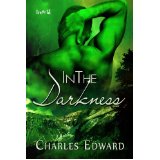
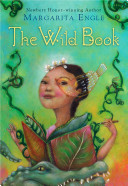

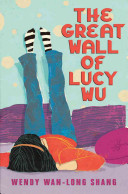
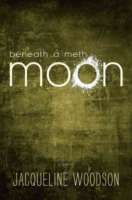
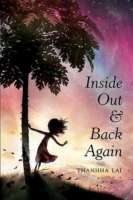
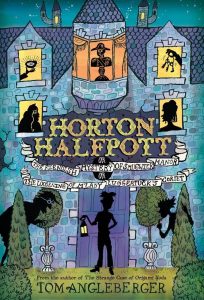 Tom Angleberger’s latest, loopiest middle-grade novel begins when M’Lady Luggertuck loosens her corset (it’s never been loosened before!), thereby setting off a chain of events in which all the strict rules of Smugwick Manor are abandoned. When, as a result of “the Loosening,” the precious family heirloom, the Luggertuck Lump (quite literally a lump), goes missing, the Luggertucks look for someone to blame. Is it Horton Halfpott, the good-natured but lowly kitchen boy who can’t tell a lie? Or one of the many colorful cast members in this silly romp of a mystery.
Tom Angleberger’s latest, loopiest middle-grade novel begins when M’Lady Luggertuck loosens her corset (it’s never been loosened before!), thereby setting off a chain of events in which all the strict rules of Smugwick Manor are abandoned. When, as a result of “the Loosening,” the precious family heirloom, the Luggertuck Lump (quite literally a lump), goes missing, the Luggertucks look for someone to blame. Is it Horton Halfpott, the good-natured but lowly kitchen boy who can’t tell a lie? Or one of the many colorful cast members in this silly romp of a mystery.